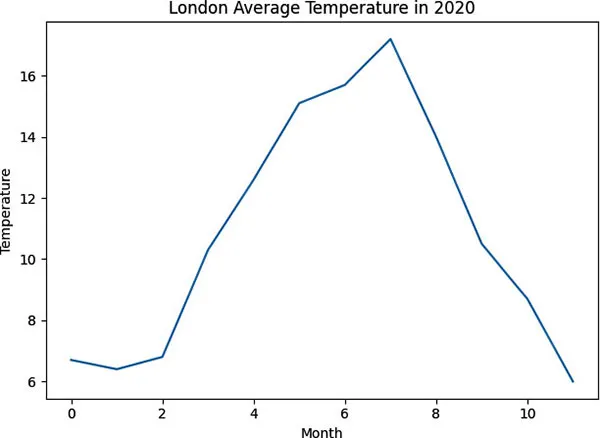
Time Series Forecasting using Deep Learning
Combining PyTorch, RNN, TCN, and Deep Neural Network Models to Provide Production-Ready Prediction Solutions
Ivan Gridin
- English
- ePUB (mobile friendly)
- Available on iOS & Android
Time Series Forecasting using Deep Learning
Combining PyTorch, RNN, TCN, and Deep Neural Network Models to Provide Production-Ready Prediction Solutions
Ivan Gridin
About This Book
Explore the infinite possibilities offered by Artificial Intelligence and Neural Networks
Key Features
? Covers numerous concepts, techniques, best practices and troubleshooting tips by community experts.
? Includes practical demonstration of robust deep learning prediction models with exciting use-cases.
? Covers the use of the most powerful research toolkit such as Python, PyTorch, and Neural Network Intelligence.
Description
This book is amid at teaching the readers how to apply the deep learning techniques to the time series forecasting challenges and how to build prediction models using PyTorch.The readers will learn the fundamentals of PyTorch in the early stages of the book. Next, the time series forecasting is covered in greater depth after the programme has been developed. You will try to use machine learning to identify the patterns that can help us forecast the future results. It covers methodologies such as Recurrent Neural Network, Encoder-decoder model, and Temporal Convolutional Network, all of which are state-of-the-art neural network architectures. Furthermore, for good measure, we have also introduced the neural architecture search, which automates searching for an ideal neural network design for a certain task.Finally by the end of the book, readers would be able to solve complex real-world prediction issues by applying the models and strategies learnt throughout the course of the book. This book also offers another great way of mastering deep learning and its various techniques.
What you will learn
? Work with the Encoder-Decoder concept and Temporal Convolutional Network mechanics.
? Learn the basics of neural architecture search with Neural Network Intelligence.
? Combine standard statistical analysis methods with deep learning approaches.
? Automate the search for optimal predictive architecture.
? Design your custom neural network architecture for specific tasks.
? Apply predictive models to real-world problems of forecasting stock quotes, weather, and natural processes.
Who this book is for
This book is written for engineers, data scientists, and stock traders who want to build time series forecasting programs using deep learning. Possessing some familiarity of Python is sufficient, while a basic understanding of machine learning is desirable but not needed.
Table of Contents
1. Time Series Problems and Challenges
2. Deep Learning with PyTorch
3. Time Series as Deep Learning Problem
4. Recurrent Neural Networks
5. Advanced Forecasting Models
6. PyTorch Model Tuning with Neural Network Intelligence
7. Applying Deep Learning to Real-world Forecasting Problems
8. PyTorch Forecasting Package
9. What is Next?
Frequently asked questions
Information
CHAPTER 1
Time Series Problems and Challenges
Structure
- Introduction to time series analysis and time series forecasting
- Time series characteristics
- Common time series problems
- Classical approaches
- Promise of Deep Learning
- Python for time series analysis
Objectives
Introduction to time series analysis and time series forecasting
| Month | Average Temperature (Celsius) |
| January | 6.7 |
| February | 6.4 |
| March | 6.8 |
| April | 10.3 |
| May | 12.6 |
| June | 15.1 |
| July | 15.7 |
| August | 17.2 |
| September | 14 |
| October | 10.5 |
| November | 8.7 |
| December | 6 |

Time series analysis
- Pre-process and perform feature extraction to get a meaningful and valid time series dataset.
- Obtain definite insights into the historical time series dataset.
- Data representation and visualization (graphical analysis, chart construction, report building)
Time series forecasting
- Developing models.
- Using them to forecast future predictions.